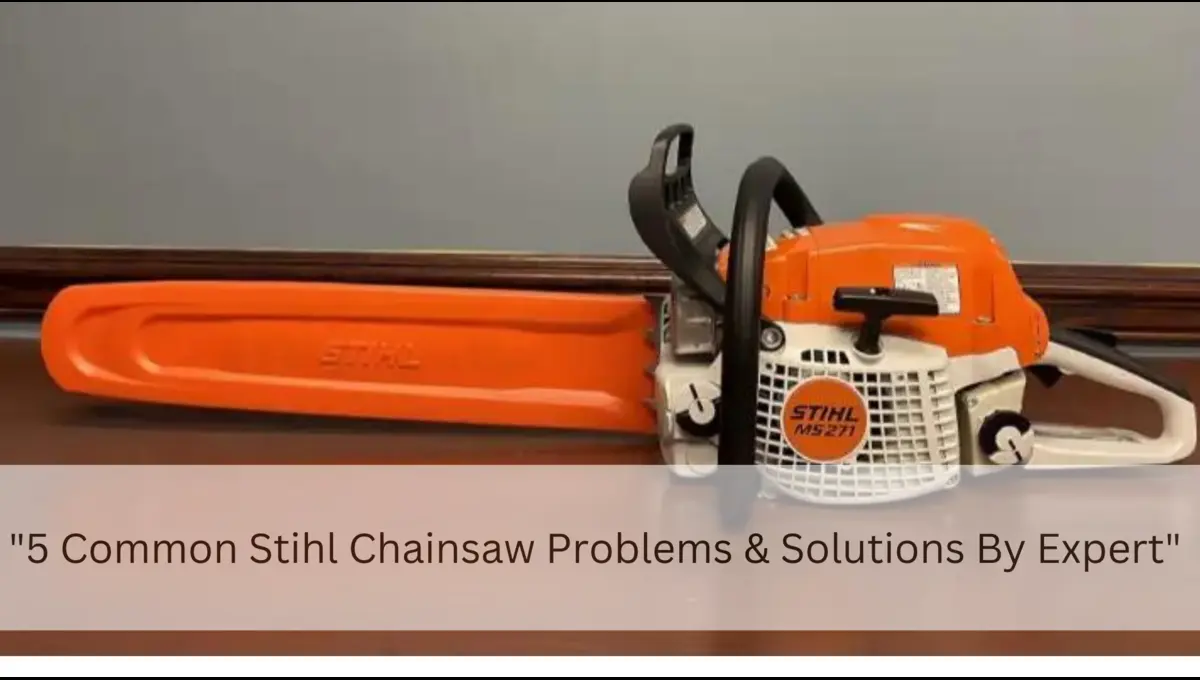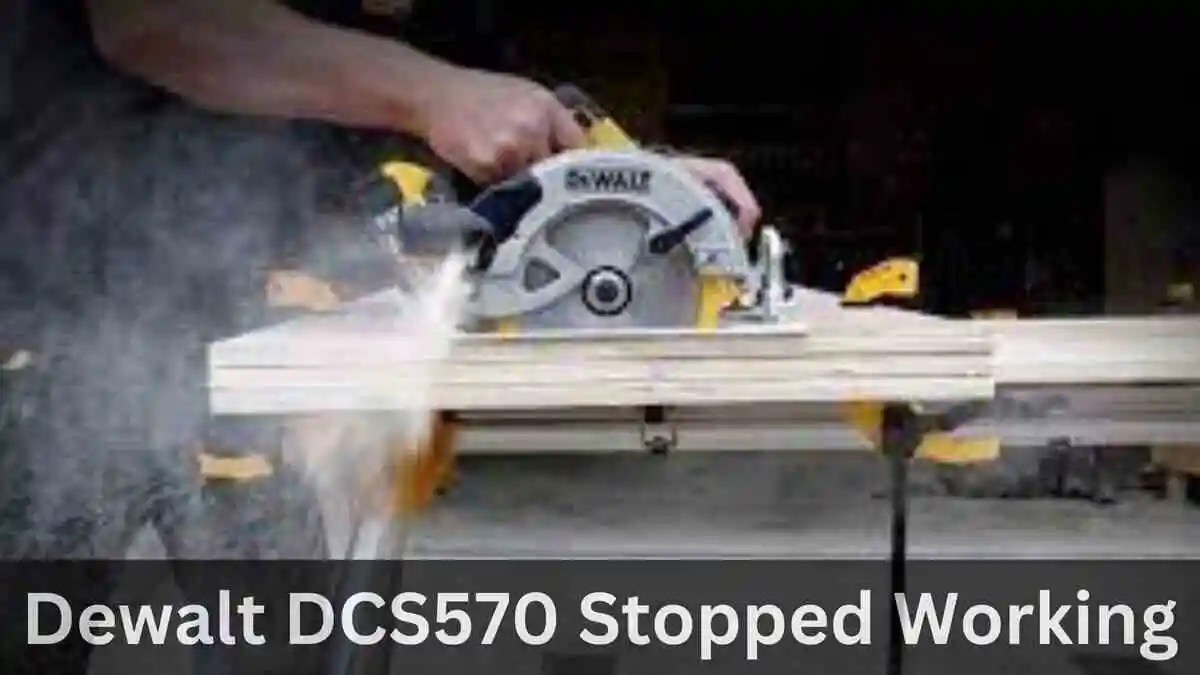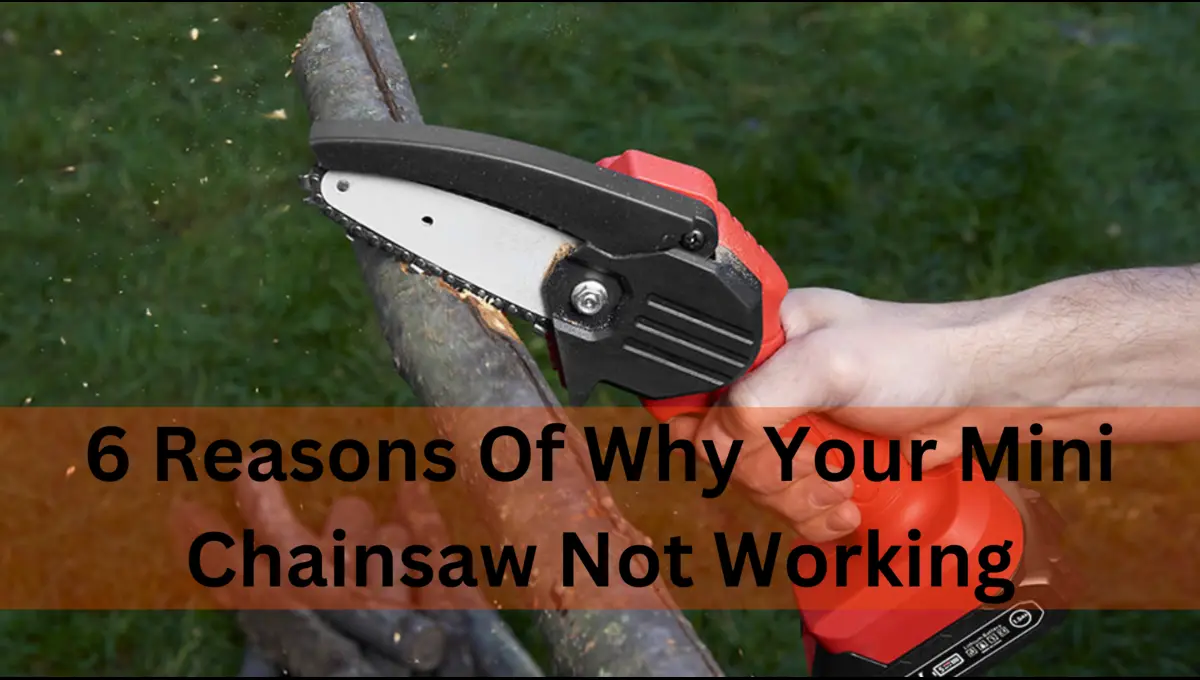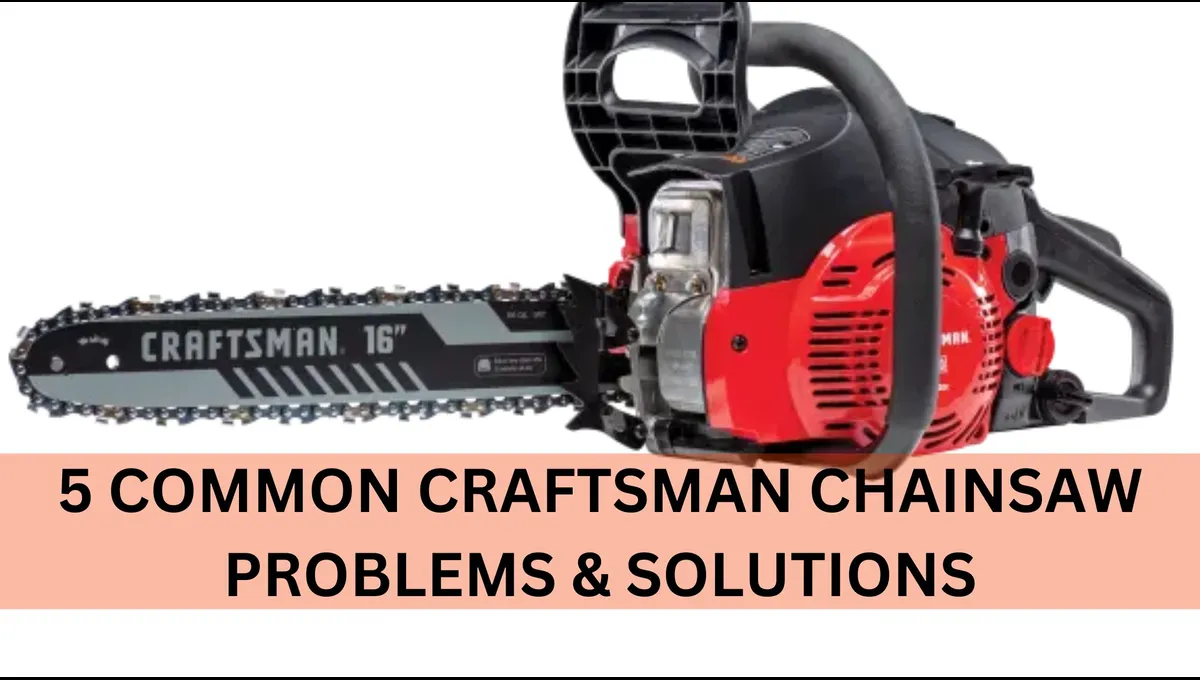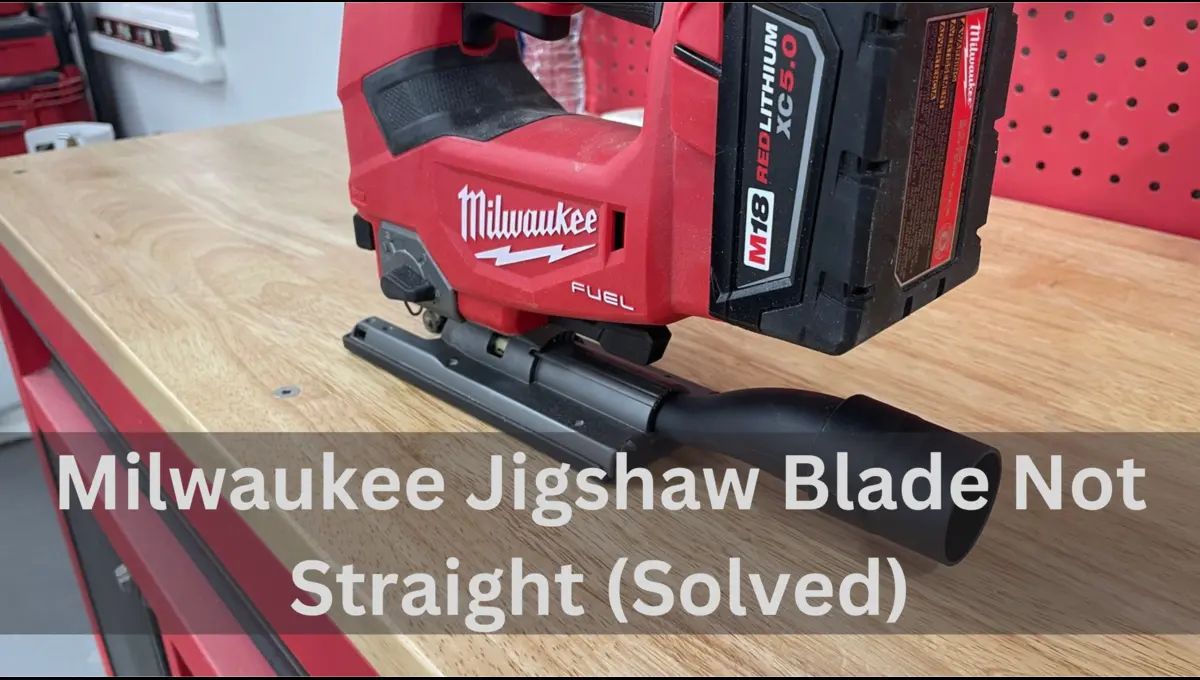A crooked blade on a Milwaukee jigsaw can hinder your precision cutting, leading to poor-quality work and frustration. This issue, although common, can be attributed to several factors ranging from blade installation errors to mechanical malfunctions.
This comprehensive guide will explore the common causes of a milwaukee jig saw crooked blade and provide step-by-step solutions to resolve the problem effectively.
Milwaukee Jigsaw Blade Crooked (Causes with Fixes)
1. Improper Blade Installation
One of the most frequent causes of a crooked blade is improper installation. If the blade is not securely or correctly inserted into the jigsaw, it can wobble or tilt during operation, resulting in uneven cuts.
To correct this, first, turn off and unplug the jigsaw for safety. Remove the blade by releasing the blade clamp or pin, depending on your model. Inspect the blade for any signs of damage or wear. Reinstall the blade carefully, ensuring it is seated properly in the clamp or holder. Tighten the clamp securely, but avoid over-tightening, which can also affect blade alignment.
2. Blade Damage or Wear
A damaged or worn-out blade can cause crooked cuts. Blades with chipped teeth, bends, or excessive wear can lead to instability during cutting.
Replace the damaged blade with a new one that matches the specifications for your Milwaukee jigsaw. Use blades designed for the material you are cutting, as using the wrong type can exacerbate the problem. Ensure that the new blade is installed correctly and securely, as described in the previous section.
3. Jigsaw Guide or Shoe Misalignment
The jigsaw’s guide or shoe can become misaligned over time due to wear or impact. This misalignment can lead to uneven blade tracking and crooked cuts.
Check the alignment of the jigsaw’s shoe by setting it on a flat surface and ensuring it is parallel to the blade. Adjust the shoe alignment according to the manufacturer’s instructions, usually by loosening and adjusting screws or bolts. After realigning, test the jigsaw on a scrap piece of material to confirm that the blade is now tracking correctly.
4. Worn or Damaged Blade Guide
The blade guide, which helps keep the blade straight during cutting, can wear out or become damaged. A faulty guide can lead to blade wobble and crooked cuts.
Inspect the blade guide for any signs of wear or damage. If it is worn, replace it with a new one. To do this, consult your Milwaukee jigsaw’s manual for part numbers and replacement procedures. Install the new blade guide and test the jigsaw to ensure the blade remains straight during operation.
5. Inconsistent Cutting Speed
Operating the jigsaw at inconsistent speeds can affect the stability of the blade. Rapid speed changes or using a speed setting that is too high for the material can cause the blade to bend or move erratically.
Adjust the cutting speed on your jigsaw to match the material you are working with. Refer to the user manual for recommended speed settings for different materials. Maintain a steady hand and consistent cutting speed to prevent the blade from veering off track.
6. Incorrect Blade Type
Using a blade that is not suitable for the material or the type of cut you are making can lead to crooked cuts. For example, a coarse blade for fine cuts can cause the blade to bend or misalign.
Select the appropriate blade type for your specific cutting task. Check the jigsaw’s manual or blade packaging for guidance on selecting the right blade for different materials and cut types. Ensure the blade is compatible with your Milwaukee jigsaw model.
Preventative Measures for Maintaining Blade Alignment:
To prevent future issues with crooked blades, consider the following maintenance tips:
- Regular Inspection: Frequently inspect the blade and the jigsaw’s components for signs of wear or damage.
- Proper Storage: Store your jigsaw and blades in a clean, dry environment to prevent rust and damage.
- Routine Maintenance: Follow the manufacturer’s maintenance guidelines for cleaning and servicing your jigsaw to keep it in optimal working condition.
Conclusion:
Fixing a crooked blade on your Milwaukee jigsaw involves diagnosing the underlying cause and applying the appropriate solution.
By understanding common issues such as improper blade installation, blade damage, and misalignment, and following the corrective measures provided, you can restore your jigsaw’s precision and improve your cutting results. Regular maintenance and proper blade selection will further ensure that your Milwaukee jigsaw remains a reliable tool for your projects.

